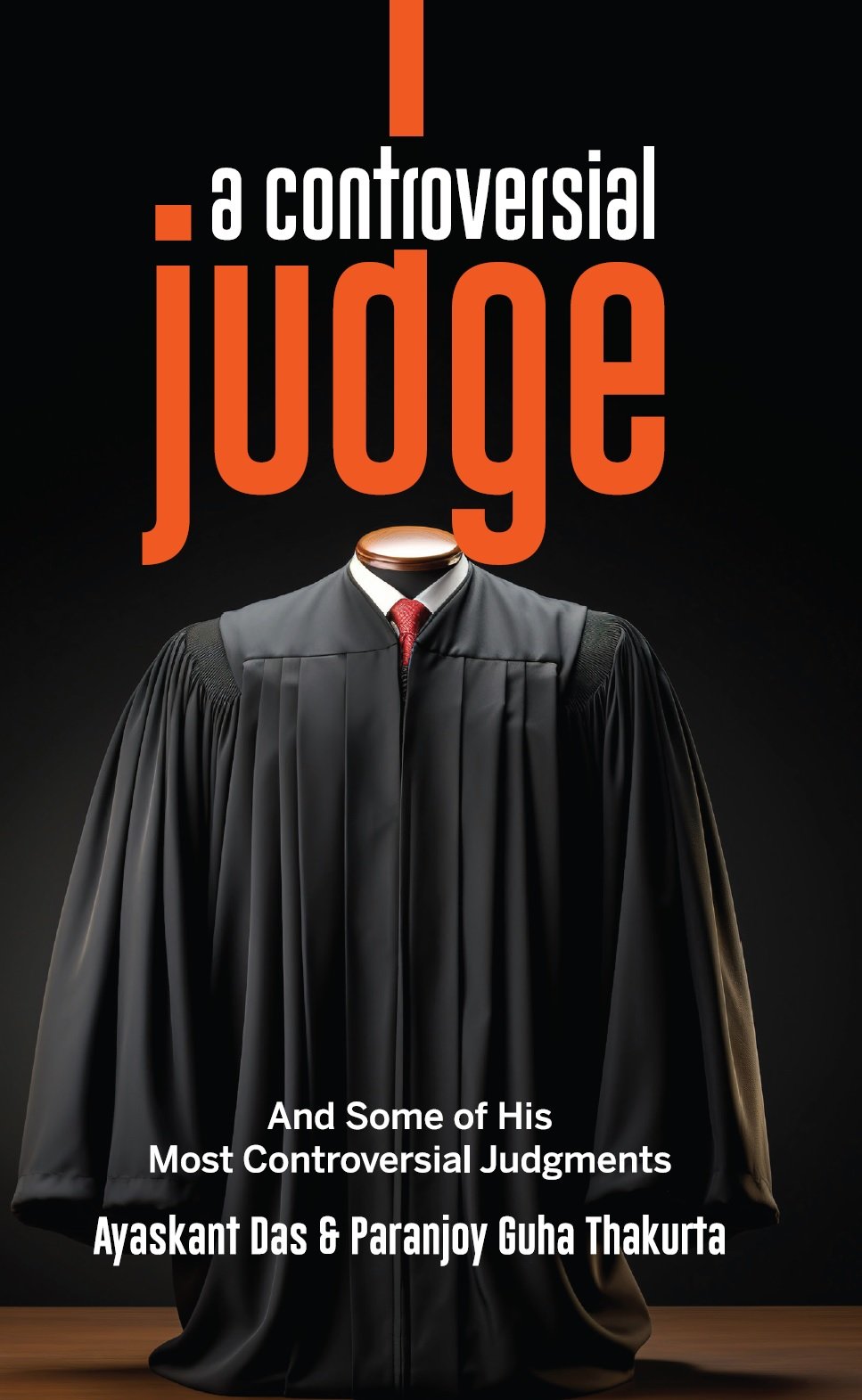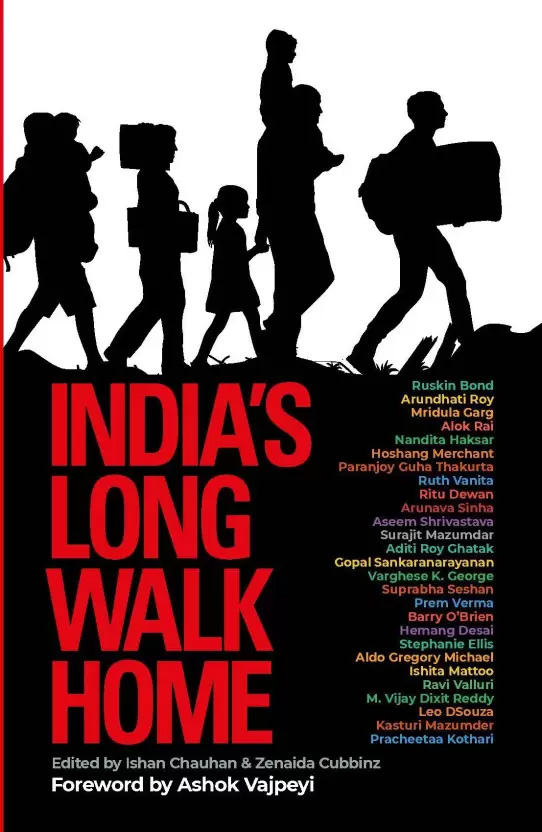It is 46 years since Indira Gandhi declared an ‘internal’ Emergency in the country on June 25, 1975. There are obvious dissimilarities between that 21-month period and the last seven years — but the similarities are so stark as to warrant repeated reiteration. How did we reach this particular point in our political life that we had so unequivocally rejected less than half-a-century ago?
The Emergency certainly taught Indira Gandhi that she had completely misread the democratic commitment of the people of the country. The centralization of power today has woken citizens to the fact that they cannot take for granted a cylinder of oxygen, let alone a dignified place at the crematorium. Here’s the governance paradox. On the one hand, there is little evidence that institutions of governance have the ability to act unless directed by the prime minister, Narendra Modi, or the home minister, Amit Shah. At the same time, the Central government’s administrative machinery reminds us of its ominous presence continuously. It has simply turned its attention from caring for people to punishing protesters.
To draw parallels with the Emergency is not simply an exercise of history repeating itself. The centralization of power today is more persuasive and even more dangerous as the ongoing Covid-19 crisis tells us. While the Emergency is indissociably linked with Indira Gandhi, she was not its only mover. Her younger son, Sanjay Gandhi, acted as her alter ego in implementing the political project. The key innovation in governance was to replace political representation with direct control through a coterie of favoured administrators and police personnel bypassing the Union cabinet and elected representatives. Does that not sound similar?
Indira Gandhi had made the Congress an extension of her orders. Her electoral victory was followed by the birth of Bangladesh which greatly boosted her popularity. Many forget that the nationalization of banks (July 1969) and the abolition of privy purses (September 1970) took the country by surprise. Once again, the similarities are striking. Modi has centralized powers to such an extent that critical decisions are made without the relevant minister being even informed. The prime minister and his alter ego run the government administration directly from their offices.
As in the Emergency, administrators are not chosen for their competence but for their ability to be supine. Institutions that once asserted their independence from political influence such as the Election Commission of India, the armed forces, the comptroller and auditor general of India and, allegedly, the judiciary have shown disquieting signs of working in tandem with the strategies of Modi and Shah and the Hindutva project of the Rashtriya Swayamsevak Sangh.
Today, both the Central Bureau of Investigation and the police are efficiently deployed to arrest dissenters without charges. There is, however, a subtle difference. During the Emergency, the police made mass arrests, detained Opposition leaders and tortured many. The suspension of civil liberties and laws safeguarding human rights made their ‘tasks’ easier to implement. At present, the media, the judiciary and political parties are formally independent. But individuals can be targeted under the sedition law and other draconian acts which, like the Maintenance of Internal Security Act, do not provide any scope to prove innocence.
Underlying this style of leadership is a common emotional orientation: commitment to action with contempt for institutional procedures; impatience with the complex, time-consuming ways of electoral democracy and a deep distrust for thinking out policies. Instead the duo in Delhi opts for decisionism and a strategy of making sudden and uncompromising decisions.
Two major policies that set in motion mass sterilization (nasbandi) and the demolition of lower class neighbourhoods during the Emergency were simply ordered by Sanjay Gandhi. He pioneered in India what may be called aesthetic authoritarianism that has today been extended by Modi. If the former wanted the Walled City to get a makeover, the latter aspires to architecturally re-engineer the entire capital and the whole of India (if he has his way): the Central Vista project, the beautification of the Benaras ghats and the naming of the Motera stadium in Ahmedabad after Modi have been expedited when thousands are dying for the lack of basic public health facilities.
Modi has been using electoral democracy to command majorities and then hollow out institutions. The passage of the farm laws is an instance of how Parliament has been undermined and how laws with far-reaching consequences (like the corporatization of farming) have been brought in. Modi’s populist style is based on taking sudden, ‘inspired’ decisions: demonetization (notebandi), the writing down of Article 370 to break up the erstwhile state of Jammu and Kashmir, the sudden countrywide lockdown announced on March 24, 2020 are three notable examples. It is this capacity to defy institutional procedures that gives Modi his hold over his bhakts.
One more point should be noted. Modi has directed much of his ire at the first prime minister of India, Jawaharlal Nehru, and not his daughter. Why? Does he see in her a kindred spirit, a mentor in establishing an authoritarian polity?
We are clearly headed for a new system of politics and governance if Modi were to have his way. India’s current ruling regime works by creating new levels of policies and pronouncements that shock and awe and then allows these to normalize. Each sudden decision (or lack of one) tries to condition the population to be dependent on the whims of the supreme leader. The surprise element in the dispensation demands devotion, not evaluation.
The fundamental difference with the Emergency is that the Modi regime functions by normalizing authoritarian culture in a polity based on liberal institutions and electoral majorities. This has been made possible by the widespread ideological groundwork that has been done by the RSS. The Emergency was an authoritarian regime that was imposed from above by legislation. Hindutva pursues the work of theologizing the nation into an object of worship that cannot tolerate dissent or criticism, which is supplemented by producing internal enemies that are always seen to threaten the integrity of the Hindu rashtra. The one that commands mass power is the targeting of Muslims, which involves civic violence that allegedly borders on the genocidal. But the enemies of Hindutva are also diverse: they include Christians, leftists, human rights activists and all Opposition leaders, including those that were once with the ruling Bharatiya Janata Party.
The innumerable deaths on account of the criminal misgovernance of the pandemic have awakened many (including the bhakts) to the problems of an excessively centralized leadership. But the problem of centralization may not disappear as it did after the dismantling of the Emergency, when Indira Gandhi apologized for its implementation. Today, the problem of centralized leadership draws its power from an ideological culture. Unfortunately, this does not promise to wither away anytime soon.
As young students in the University of Delhi, we experienced how the absence of democracy impacted the lives and the behaviours of students in a campus. That was another Emergency. As senior citizens, we wonder with great trepidation how our children will cope with the new ideological environment in what we once used to proudly describe as not just the ‘world’s largest democracy’ but among the ‘best’ as well.


